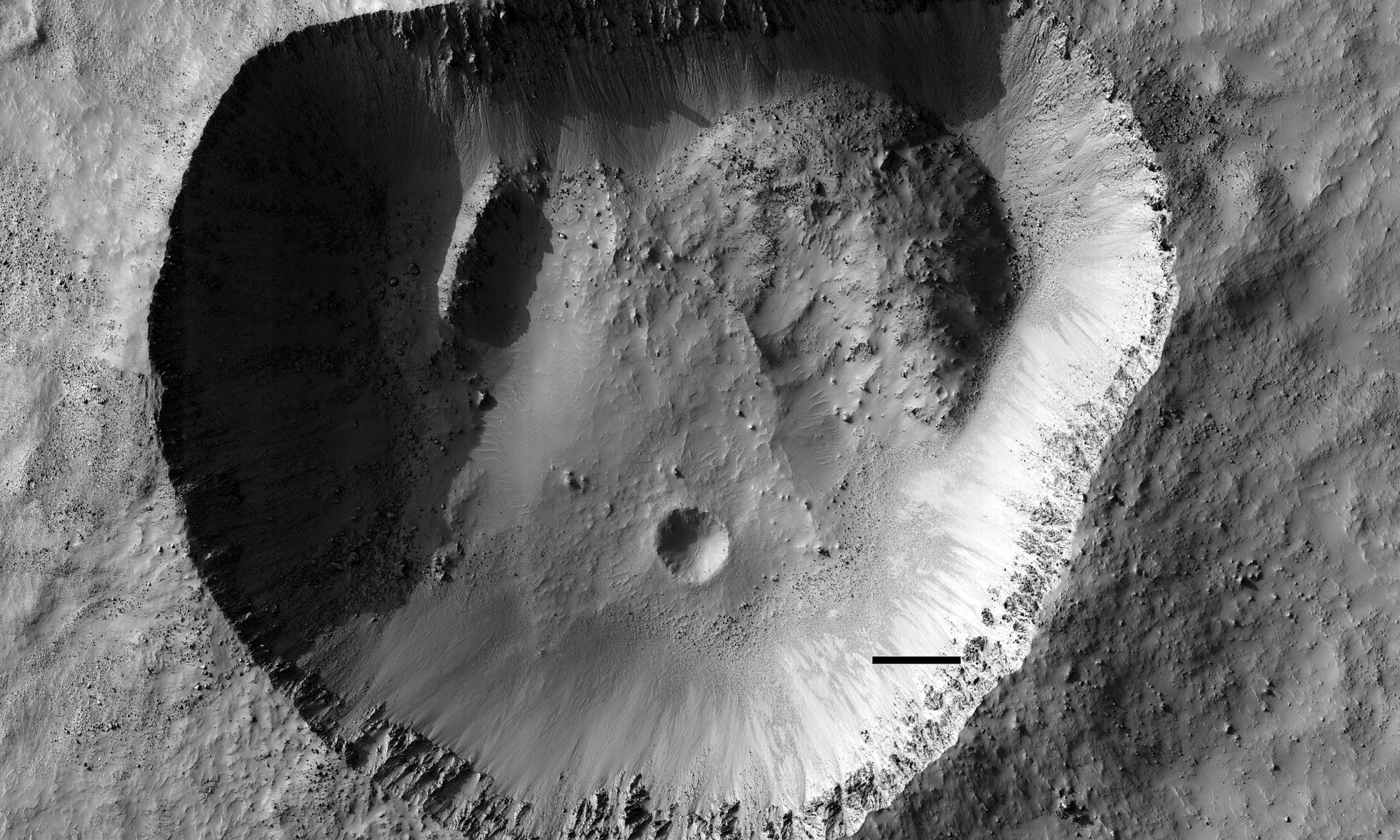Most impact craters are usually circular and fairly symmetric, but not all. This odd-shaped crater on Mars is obviously an impact crater, but it has a unique oblong shape. What happened?
Continue reading “Here’s Something Rare: a Martian Crater That isn’t a Circle. What Happened?”Here are All of Hubble’s Observations in One Picture
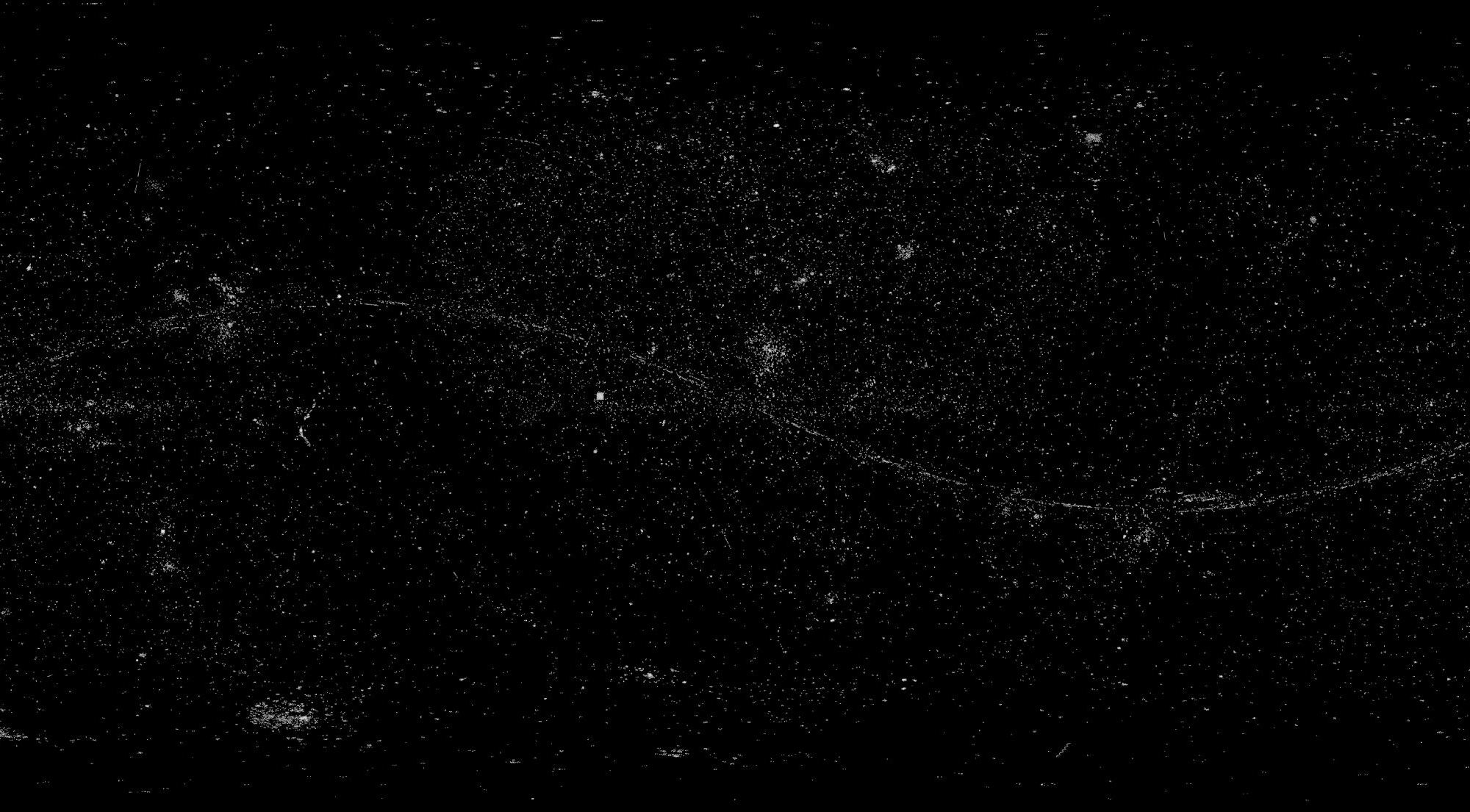
Over the past 32 years, Hubble has made about 1.4 million observations of our Universe. Physicist Casey Handmer was curious how much of the sky has been imaged by Hubble, and figured out how to map out all of Hubble’s observations into one big picture of the sky.
It’s a gorgeous, almost poetic look at Hubble’s collective view of the cosmos. So, how much of the sky has Hubble imaged? The answer might surprise you.
Continue reading “Here are All of Hubble’s Observations in One Picture”Wow! Perseverance Sees a Solar Eclipse on Mars
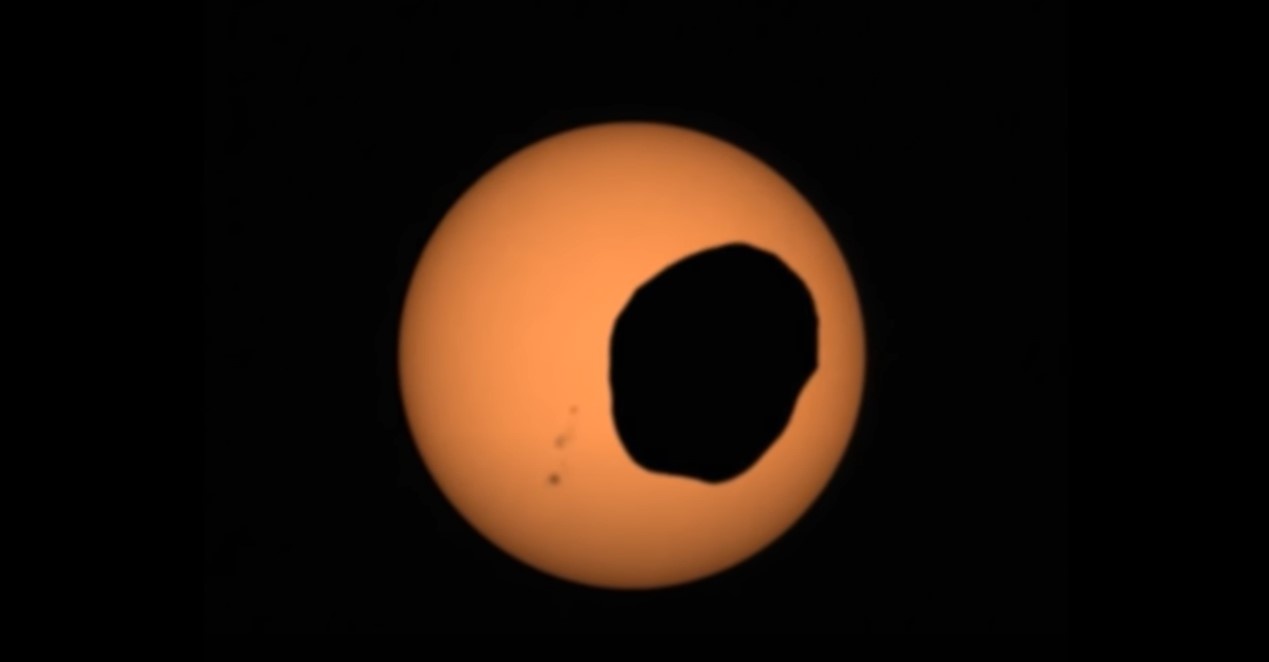
Imagine standing on Mars, and seeing this with your own eyes.
Continue reading “Wow! Perseverance Sees a Solar Eclipse on Mars”One Giant Impact Made the Two Halves of the Moon so Different
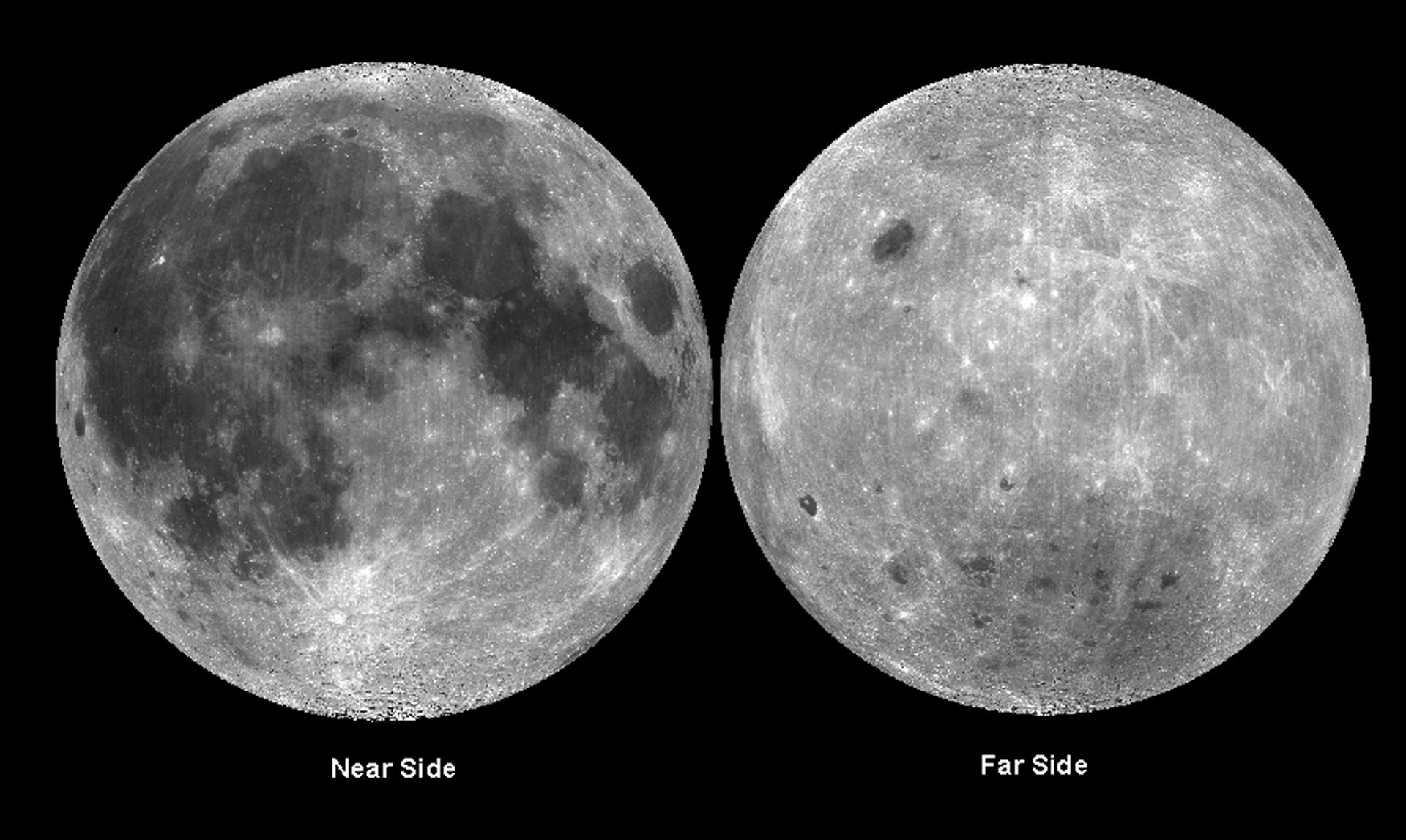
The South Pole-Aitken Basin on the Moon formed from a gigantic impact about 4.3 billion years ago. But that impact may have changed everything about the Moon, and explain why the lunar farside looks so different from the nearside, the side we see from Earth.
Continue reading “One Giant Impact Made the Two Halves of the Moon so Different”Brrr. Webb’s MIRI has Reached 6.4 Kelvin, Just a few Degrees Above Absolute Zero

The latest update on the James Webb Space Telescope literally sent a shiver down my spine! The telescope’s Mid-Infrared Instrument (MIRI) has now reached its operating temperature of a chilly 7 kelvins (7 deg above absolute 0, or -266 degrees C,-447 degrees F).
MIRI has now been turned on and is undergoing initial checkouts.
Continue reading “Brrr. Webb’s MIRI has Reached 6.4 Kelvin, Just a few Degrees Above Absolute Zero”Hubble Confirms Comet C/2014 UN271 is an Absolute Unit, Astronomically Speaking
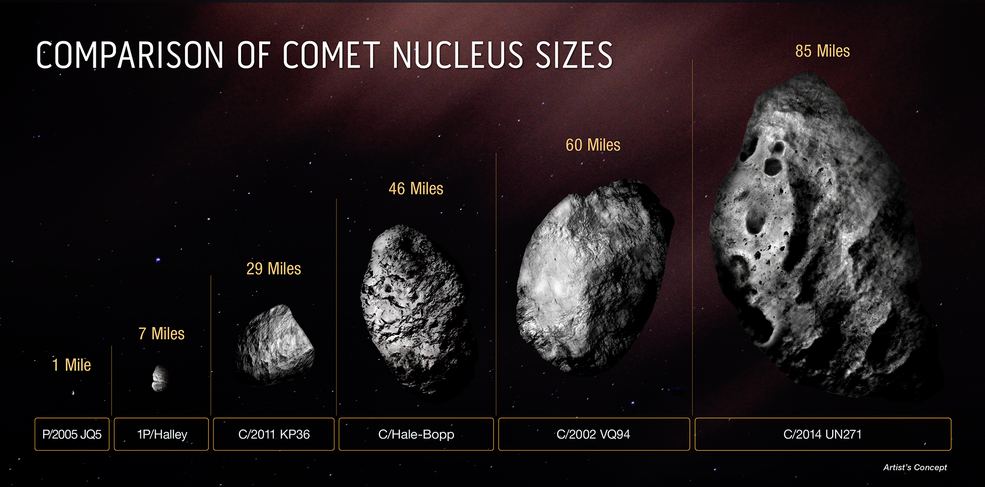
It’s official. Comet C/2014 UN271 (Bernardinelli-Bernstein) has the largest nucleus ever seen in a comet. The gargantuan comet was discovered in the fall of 2021, and in January 2022, astronomers turned the Hubble Space Telescope to ascertain more details and determine the exact size.
NASA said a team of scientists has now estimated the diameter is approximately 129 km (80 miles) across, making it larger than the state of Rhode Island. The nucleus is about 50 times larger than other known comets. Its mass is estimated to be a staggering 500 trillion tons, a hundred thousand times greater than the mass of a typical comet found much closer to the Sun.
Continue reading “Hubble Confirms Comet C/2014 UN271 is an Absolute Unit, Astronomically Speaking”Because of Extreme Drought, Lake Powell is Barely a Lake Anymore
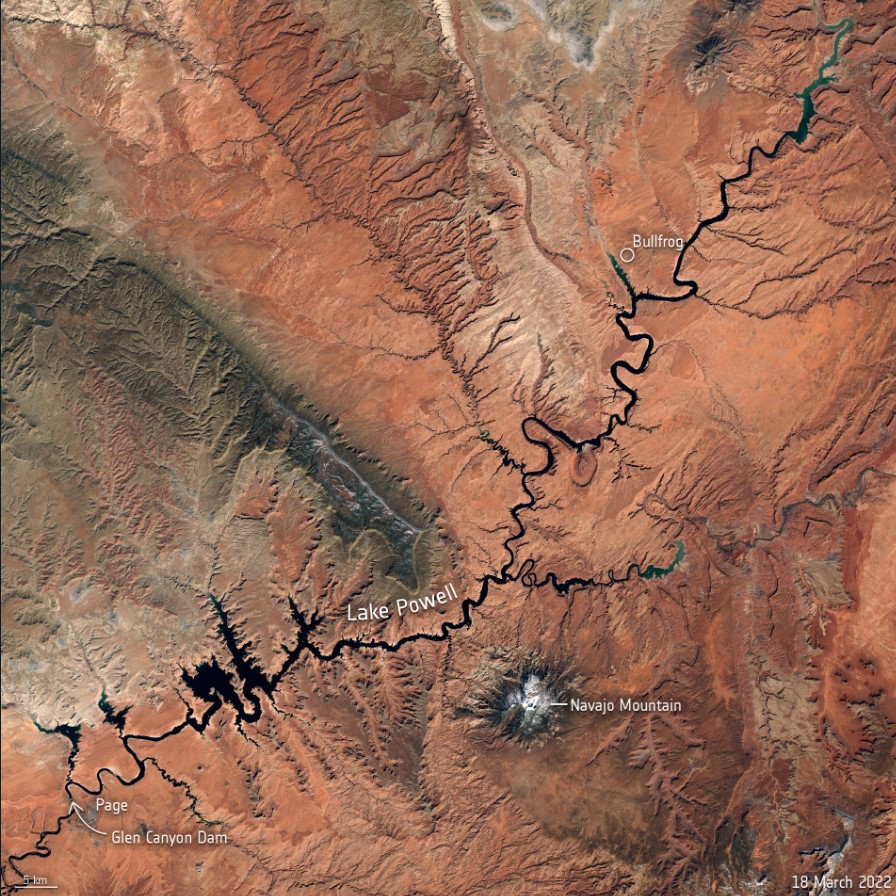
The two largest reservoirs in the United States are now at their lowest levels since they were first created. After several decades of drought – with the past two years classified as intense drought in the US Southwest — both Lake Powell and Lake Mead are shrinking. Recent satellite images show just how dramatic the changes have been, due to the ongoing the climate crisis..
Continue reading “Because of Extreme Drought, Lake Powell is Barely a Lake Anymore”Perseverance Finally Spots its Own Parachute on the Surface of Mars
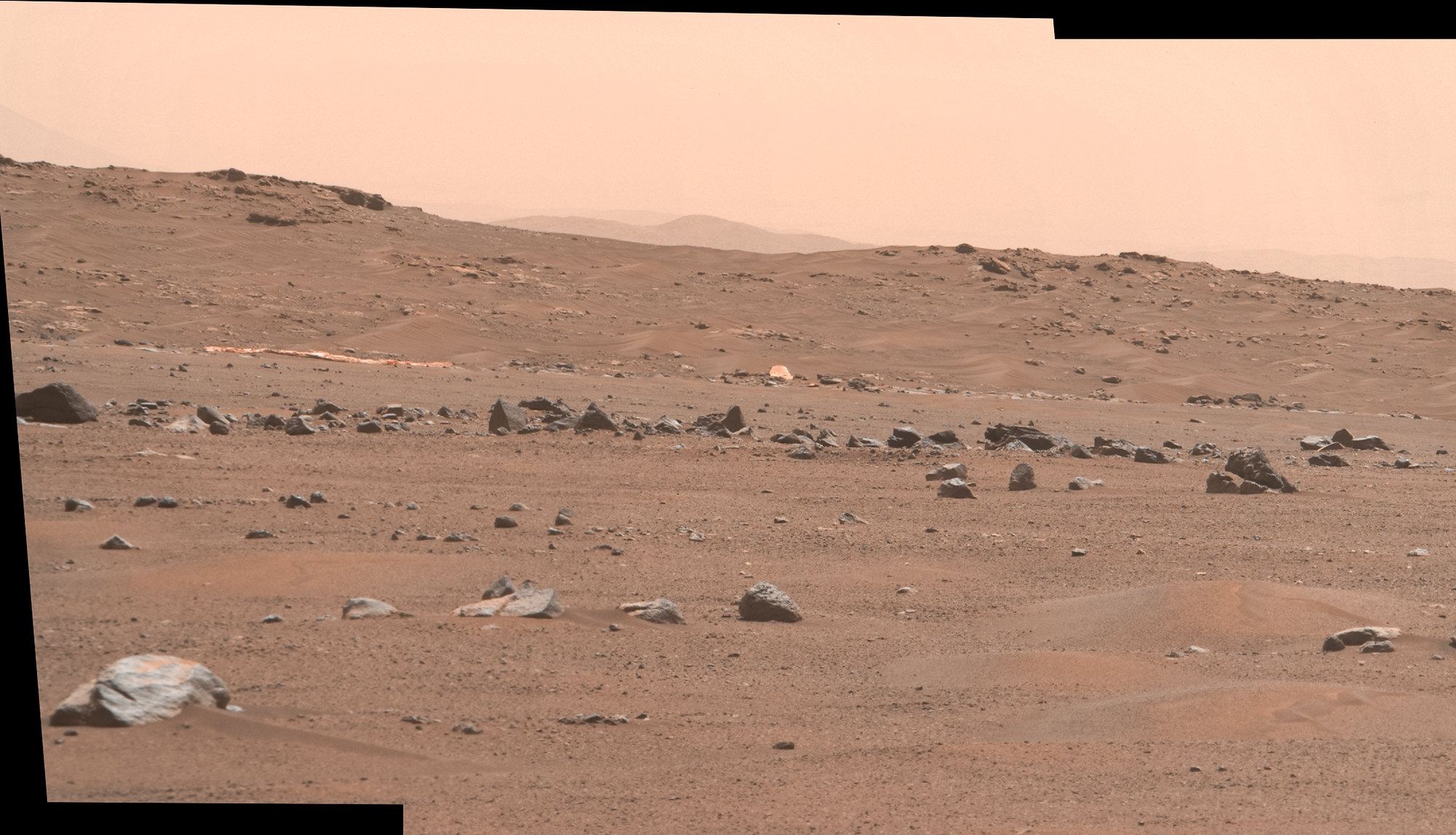
More than 13 months after the Perseverance rover landed on Mars (on February 18, 2021), the rover’s cameras have finally spotted some of the parts of the Mars 2020 landing system that got the rover safely to the ground. The parachute and backshell were imaged by Perseverance’s MastCam-Z, seen off in the distance, just south of the rover’s current location. The image was taken on Sol 404, or April 6, 2022 on Earth.
Continue reading “Perseverance Finally Spots its Own Parachute on the Surface of Mars”It’s Been Three Months in Deep Space, and Webb’s Mid-Infrared Instrument is Still Cooling Down
The James Webb Space Telescope continues to cool down out at its location at Lagrange Point 2, about 1.5 million kilometers from Earth. Since JWST is an infrared telescope, it needs to operate at extremely low temperatures, less than 40 K (-223 degrees Celsius, -369.4 degrees Fahrenheit). But one instrument needs to be even colder.
To operate at peak efficiency, Webb’s Mid-Infrared Instrument (MIRI) must be cooled to a chilly 7 K (-266 C, -447 F). And it will need a little help to reach those frigid temps.
Continue reading “It’s Been Three Months in Deep Space, and Webb’s Mid-Infrared Instrument is Still Cooling Down”NASA Astronaut and Cosmonauts Land Safely Together in Kazakhstan
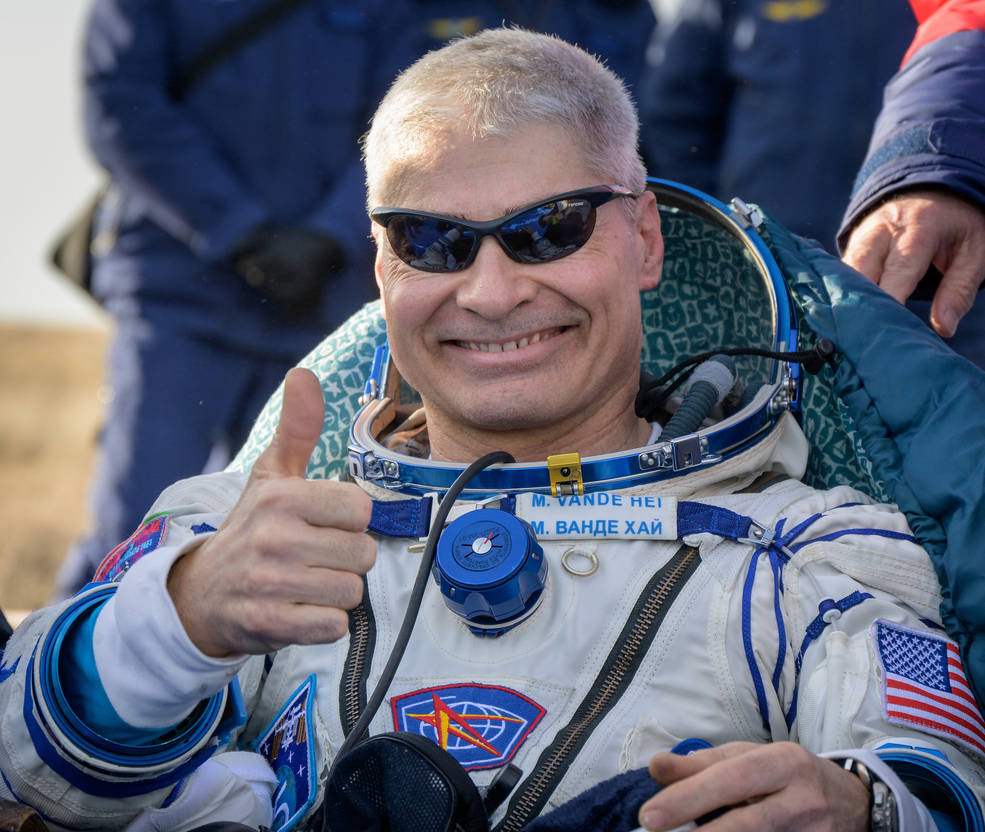
After much speculation and concern the past month whether Russia would allow a US astronaut to ride back to Earth in a Soyuz spacecraft, Mark Vande Hei and two cosmonauts landed safely in Kazakhstan on March 30.
Mostly lost amid the political tensions due to Russia’s invasion of Ukraine, Vande Hei quietly set a record for the longest single spaceflight by an American, at 355 days. Vande Hei eclipsed astronaut Scott Kelly’s seemingly more heralded long-duration mission on the International Space Station in 2015, when he and Cosmonaut Mikhail Kornienko spent 340 days in space. Cosmonaut Pyotr Dubrov also spent 355 days on his first spaceflight, along with Vande Hei.
Continue reading “NASA Astronaut and Cosmonauts Land Safely Together in Kazakhstan”
